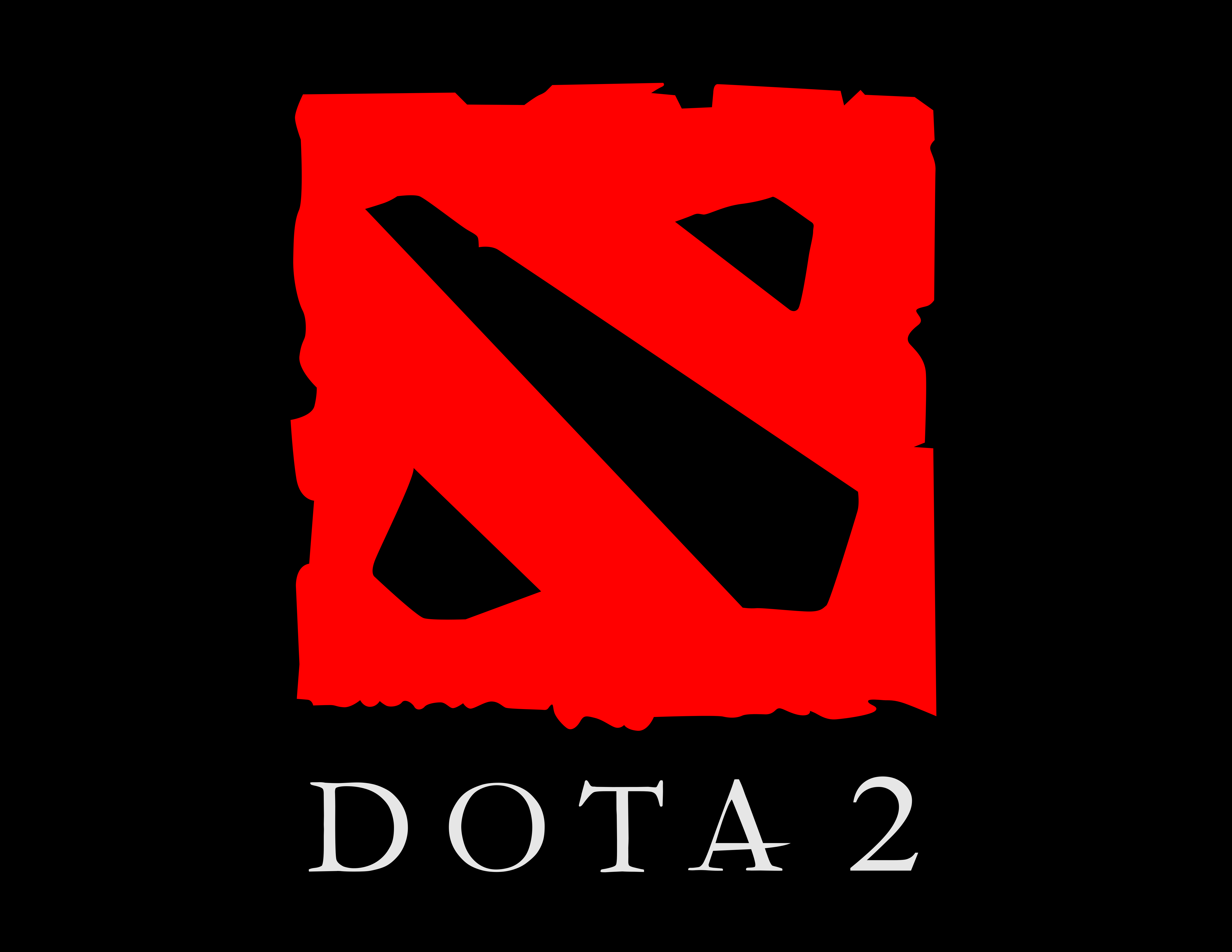The fact that I can’t tell if this is parody or not is sad.
PlzGivHugs
- 59 Posts
- 702 Comments

 2·2 days ago
2·2 days agoAs I noted, there is also a lot more money involved in movie production compared to retail. On the actor/writer side, you have more individuals involved who don’t risk starving when they form a union, and on the studio side, they can less afford to delay or trash shows and movies. Compare that to, for example, walmart workers who likely have little in the way of savings, nonetheless funding to establish a union, and work for a company that could close down a dozen stores to kill a union an not even notice it in their balance sheet.
Again, I’m not saying they shouldn’t unionize, but given the enviroment, the system is stacked against them. Blaming vulnerable workers for not unionizing is like saying the poor don’t have money because they didn’t work hard enough, or didn’t invest in the right things. Instead of blaming them, we need to be looking at ways to support them. This might be pushing legislators to improve workers rights and social safety nets, it might be helping them to join larger unions (such as how a lot of IT workers end up covered by other unions), or it might be providing more tools and education on how to organize into unions, ultimately, the important thing is recognizing that these are people who need help and trying to offer it to them rather than jist telling them to pull themselves up by their bootstraps.

 22·2 days ago
22·2 days agoI’m not sure how recoverable it is at this point, but if you want Star Wars to act as a forever-story, don’t treat it as one single story. Its okay if plot doesn’t directly build with each release. Its okay if it doesn’t connect to other parts of the cannon. Its okay if you have no shared characters. Hell, its even okay (if not ideal) if some media contradicts each other. The important part is making good stories, and if a new peice of media wouldn’t work when attached to a larger plot, don’t attach it to the larger plot. Simple as that.
Look at something like 40K, for example. While yes, there is a “main” plot, its only a small part. Honestly, fans often outright ignore the “main plot” Horus Hersey books, in favour of the more fun and compartmentalized books like the Eisenhorn Trilogy or the ork books because those are the books that most revel in the setting and themes of 40K and aren’t burdened by dozens of other books that they have to tie in to.

 91·2 days ago
91·2 days agoIts a lot easier said than done, esspecially in an easy-to-enter, oversaturated field like tech or retail. There are so many workers, its hard to organize on a meaningful scale, and the barrier to entry is often low enough that the company can fire the whole team and have a new one overnight. So far as I can think of, the only fields sharing a similar low barrier to entry and abundance of workers, that has successfully unionised are all in hollywood, with things like writting and acting, where there was far more money involved.
Thats not to say people shouldn’t unionise or that its impossible, but given the current state of the economy its also absurd to directly put blame on those who are most vulnerable, least likely to succeeded, and most likely to face retaliation.
If you’re going to victum blame, it should really be on senior staff that are harder to replace, and other unions for not showing more support. Or, you could just blame the people actually responsible: the rich and powerful who built and maintain the current system.
Edit: Just to provide an example for context: Stats are iffy, but most seem to agree that about 15 million people work in retail the US. You’ll need a significant portion of the workforce in the union to be able to negotiate. Its obviously more complicated than a straight percentage, but for the sake of example, we’ll say you need 20% membership. That means you’ll need a union (or collective of unions) of 3 million people, matching the NEA and dwarfing unions like the Teamsters, SEIU, and United Auto Workers. Again, I’m not saying we shouldn’t try, but this isn’t a simple or easy process. For those involved, its risky or outright dangerous, and they’ll need all the support they can get if they want to have any chance of success.

 5·3 days ago
5·3 days agoFrom what I’ve heard (although I have no real sources) a lot of the rich Africans are similarly wealthy to many of the rich Americans. Its mostly owners of resource extraction sites and refineries, similar to oil barons and mining companies in American history, but with even less regulations. That said, you don’t really hear about them as much because the local governments aren’t strong enough to challenge them (or even collect accurate information on them) and they’re less interested in flaunting their wealth to the poor.
 19·4 days ago
19·4 days agoBasically, the Republicans are now saying that they won’t release the Epstein list after all, because no client list actually exists.

 4·5 days ago
4·5 days agoThe “happy Warhammer” part is very easy. Just draw two orcs hitting each other. The drawing part, I can’t help with unless you want to draw stick figures.

 189·7 days ago
189·7 days agoHe addresses this some. 120v is still a lot faster than boiling water on the stove. Coffee makers are significant, but boiling water in a microwave is generally a bad idea, given the risk of superheating (not that people don’t do it.)

 1·8 days ago
1·8 days agoActually, the biggest tell is that for how long it is, it’s mostly noise with little signal. Some of it doesn’t even make sense, “check what instances or users you’re federated with”?
So like someone dumb trying to sound smart, or someome trying to fill space. See my previous comment about tankies.

 11·8 days ago
11·8 days agoYou mean using subheadings? Yes, AI often does that, but it doesn’t have to, nor do people avoid it.

 31·8 days ago
31·8 days agoHalf the stuff I write gets flagged as AI generated when put into a “”“detection”“” service because its too average. You can’t reliability filter AI text from non-AI text. Hell, even a lot of the tankie rhetoric here reads like a hallucinating AI, spitting out over-long sentences with little meaning and no overarching argument.

 16·9 days ago
16·9 days agoBe respectful but honest. Hopefully you can still be there to support her, but its not your responsibly to hide your sexuality for her, nor would it be right to lead her on when the relationship won’t be successful.
Just try to keep in mind that she’s likely in a vulnerable place right now, so while you shouldn’t lie, try to be gentle. Prehaps emphasize that theres no blame, and make sure she knows you’re proud of her.

 201·9 days ago
201·9 days agoTo try and answer what you’re asking genuinely, since I don’t see indication that this is bad-faith:
The reason African-Americans and some black people get a “pass” to use it isn’t because it isn’t offensive. Its because they’re expected to have a better understanding of their own oppression than someone who hasn’t lived with it, and because it can generally be assumed to not have racist connotations. The word has such heavy history that if someone who isn’t black uses it, it is usually (and reasonably) assumed to be racism. Even among those who are black, theres a lot of nuance, with many feeling uncomfortable with saying it, either because the word is so loaded that it can be offensive reguardless, or because they don’t feel like they’re connected enough to the history to have the “right” to say it (I.E. someone who grew up in a black-majority country might feel this way.)

 1·9 days ago
1·9 days agoMaking immigration more difficult already benefits the wealthy. Not having birthright citizenship won’t change that.
I think you’re misinterpreting my intentions. I believe that making immigration and citizenship easier is best. I just also believe that Jus Soli is an ineffective band-aid solution, that doesn little to help the common man.
I’m not informed enough to be very specific in execution, but in my mind, immigration should be extremely generous. Ideally, I’d say it should be effectively unlimited, but I know there are economic considerations that need to be taken into account, such as the rate of housing construction. That said, I don’t feel confident enough to outline specifics beyond that. I have nothing against immigrants or immigration.
Its purely citizenship, and the political power it involves specifically that I believe shouldn’t be given out based on geographic location at one instant alone. Given that its effectively giving you power to change how the country is run, it should be given to those who are directly affected by how the country is run. Ideally, I’d almost want a system where someone can’t be more invested in a different country, although again, I’m not sure about specifics. Prehaps something along the lines of a limit of how much property can be owned outside the country relative to within the country, so regular people qualify easily, but someone can’t get citizenship while they own a dozen houses elsewhere. Again, I’m not an expert, and not trying to advocate for a specific solution, just that immigration be made easier and citizenship shouldn’t be something you can buy.
Edit: fixed a couple typos.

 6·9 days ago
6·9 days agoWe don’t know for every one for certain, but we have plausable explanations or backgrounds for nearly every cryptid and mythological creature. Usually, the explanation is either a diseased animal, misidentified bones, or someone looking to make money.

 1·10 days ago
1·10 days agoSo we give up with a half-measure, that helps the rich moreso than the poor without addressing the underlying issue?
This isn’t a helpful or sustainable approach. Should we give up on climate change because reducing carbon output is hard, or say, “Well, as long as you don’t use coal, its good enough.” Of course not. Not to mention that making immigration and/or citizenship more accessible isn’t an impossible task at all, esspecially relative to climate change or weath inequality.

 1·10 days ago
1·10 days agoIn those few, extremely rare cases are enough to fuck up a nation’s politics, immigration isn’t the problem.
They’re rare, but not impossible, esspecially when it comes to the involvement of powerful/rich governments, corporations or individuals. We already have enough of that, no reason to make it easier for effectively no gain.
Edit: esspecially considering that ability to chose the location your child is born in is based primarily off wealth rather than moral character or anything else positive.

 2·10 days ago
2·10 days agoIts technically doable, but it wouldn’t be easy. The problem isn’t in making federated user authentication or servers, its just making a game that is flexable enough with powerful enough modding tools to be worth using compared to just making a game from scratch. Thats why, if you think about all the games in the genre, they all have significant limitations to what can be made in them (at least with any amount of polish).
As a simplified example, lets say you want the default mechanics set of your game to be a first person shooter. This means you use 3D graphics, optimized for higher-detail enviroments and include features that would be most useful for that, such as a simple optimized 3D physics system, and tools for making detailed 3D levels.
In this new game, someone wants to make a 2D platformer. What additional tools will they need? A way to lock physics to two dimensions, or possibly even a new physics system entirely, A way to manipulate the camera separate from what the game started with, an orthographic camera, possibly a new lighting system, possibly different optimization techniques, the ability for the modder to replace the player controller and change it’s mechanics entirely, and the tools to use all these to make new levels.
By that point, you’re half way to making a new game engine, and the modder is 90% of the way to just making a standalone game.

 2·10 days ago
2·10 days agoI don’t see why voting or having political influence in a country you have no commitment to is a good thing. It seems to me that it just makes it easier to abuse the systems in place without having to live with the consequences.








The problem isn’t the length, its the fact that stories are warped or straight-up built around every single (often not even) loose thread from the original trilogy and to a lesser extent, the prequels. For example, the Madalorian was great for the first season, where yes, it was episodic, but it did still have an overarching plot that built up to a climatic final battle. Where it started to run into problems was when it had to tie back into the original plot. Mandalorians lost all mystique, pacing was hampered by exposition, and the focus was draw away from the main characters and the plot in service of tie-ins to Ashoka and the main franchises.
Ultimately, it should be about telling the best stories. Sometimes, that might be episodic as worked well for Mandalorian, sometimes a continuous plot like Andor, and sometimes it is a full movie that does fit alongside the original cannon like Rogue One.